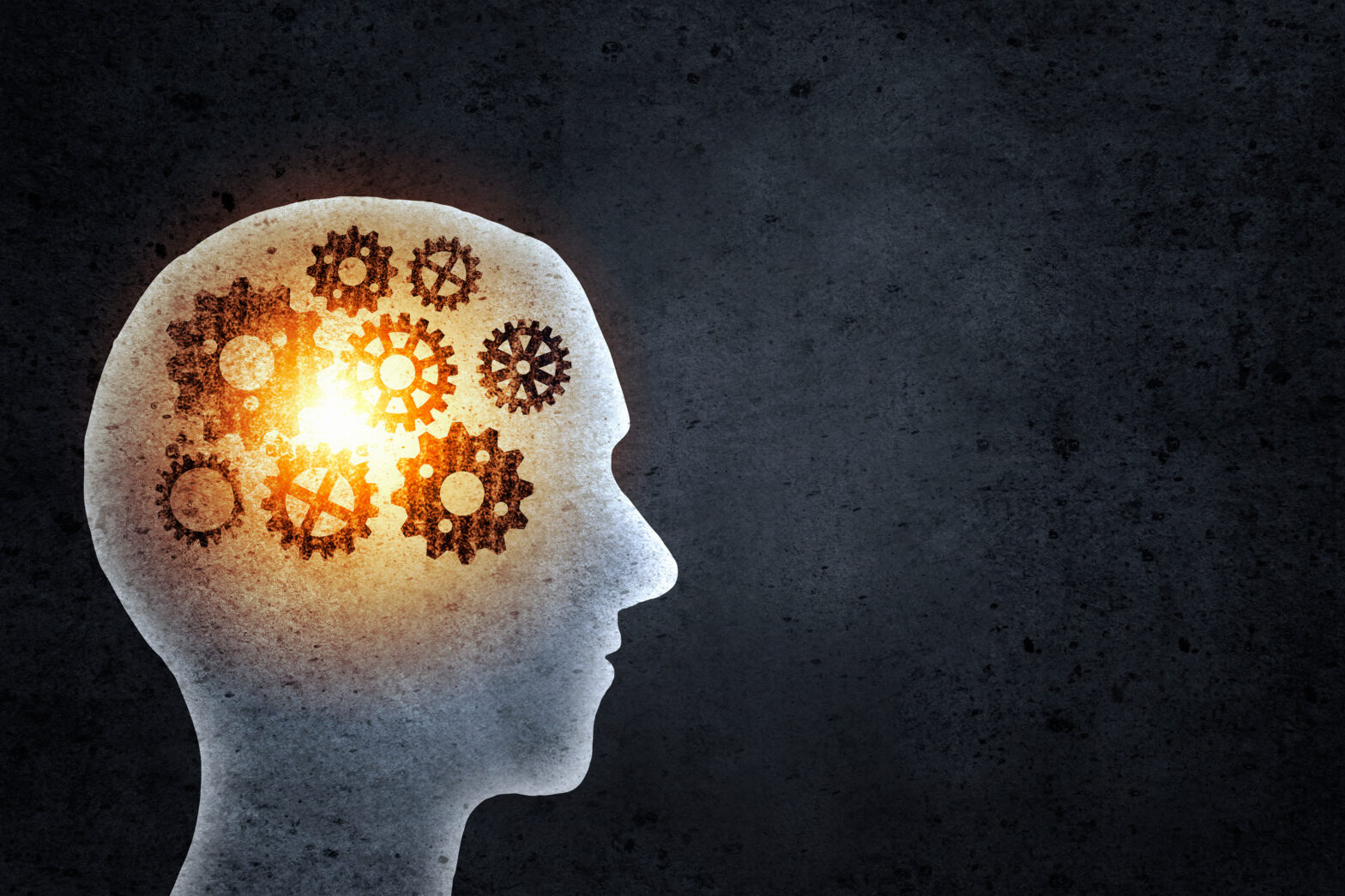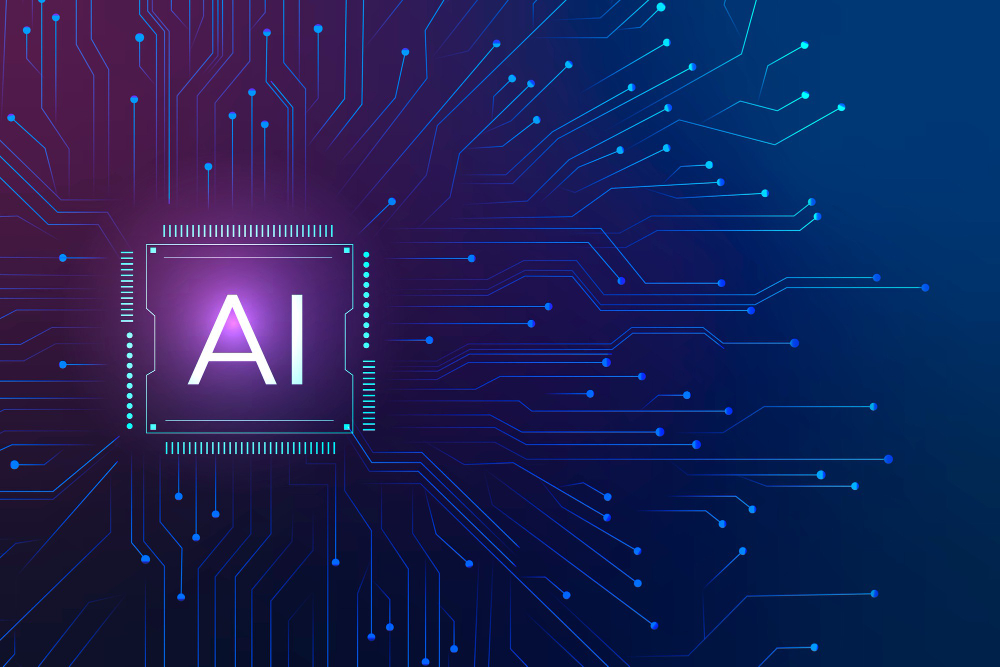In the present exam-driven world of education, whenever a new technology emerges people want to know how it can be used to make kids get better marks, how it can speed up teaching and cut the cost of learning, and could it be used to replace teachers altogether?
These are all the wrong questions. Young people are not widgets and learning is not an industrial process. Applying business productivity and efficiency models misses the real opportunity.
Technology tends to come around in cycles and machine learning is not a new technology to education. In the 90s, ILS (Integrated Learning Systems) used algorithms and assessment data to adapt screen based drill-and-kill programmes for individual learners. Millions were spent and there were alarmist headlines that teachers would lose their jobs to these new-fangled robot systems.
>See also: Machine learning set to unlock the power of big data
Although it is considered ‘future’ learning, at its simplistic core, machine learning is very similar to the ILS process – using algorithms to steer individual learning paths without a human in place. Since then, the magnitude and complexity of the calculations that are used to drive these decisions have become so complicated that the systems teach themselves.
However, ILS didn’t work then, not because the technology wasn’t good enough, but because it was being applied as a productivity tool rather than a transformational agent. It won’t be any more successful now unless educators are prepared to use it to support a more developmental model of learning.
Those who understand learning and work with young people know that in an uncertain world of rapid change we urgently need to be helping learners to take risks, to work in teams, to develop a greater understanding of the way systems and societies work, and to become more creative. Fundamentally, these things have been washed out of the system in favour of a ‘learn fact, repeat fact’ model.
To get the best out of this technology in the future, educators need to turn the current systems upside down.
Involving students and teachers
The most prominent model of learning in education continues to be one that teaches young people to regurgitate facts in order to pass exams. Many specialists in learning are desperate to open this up. Rather than directing the technology to fill learners with random facts, educators need to find ways to present machine leaning to young people as a tool that lets them surprise us with its capabilities. Learners, teachers and educational experts need to be part of the process of creating these systems.
In previous technology developments in education – such as multimedia, whiteboards or the internet – initially, most worried that they would upset the world they were used to and feared for their jobs. Only a few imagined how these technologies could change the world and make things better. In reality, new technologies are typically highjacked to inappropriately maintain the status quo and end up powering the exam sausage factory.
If educators are to avoid making the same mistakes again with machine learning, they have to take a more developmental approach. They need to find ways in which they can present these new technologies as digital building blocks for teachers and learners so they can explore how to use them to transform their own teaching and learning.
Open questions
Machine learning has the potential to support aspects of teaching and learning that are currently time consuming and difficult to manage, such as individual project work, collaboration, tutorials and self-directed learning.
Rather than replace teachers, it is important to work with them to build their confidence and provide tools that help to develop learners as individuals. Recent research by Digital Access has shown that the art of open questioning in classrooms is disappearing.
What if we turned a typical machine learning system inside out? What if, rather than closing a learner down on specific facts, the systems were designed instead to ask learners open questions to excite and spark their imagination?
Teachers struggle to manage 30 concurrent conversations with learners. What if these systems were designed to prepare young people for their one-on-one time with the teacher ensuring they are ready to ask appropriate questions and maximise conversations with their teacher, having already explored the topic with an agent?
As well as fuelling imagination, this open approach could benefit from other features of machine learning. Keeping a big picture of individual learners is incredibly helpful for the teacher. The trouble with current practice is a test culture means machines are used to paint the wrong sort of pictures.
Test scores are the only currency that counts in classrooms so these pictures tend to be of test performance and tell nothing about what learners can do, how they do it and what they care about.
The transcripts of conversations with an ‘open’ agent driven by machine learning could help to build much richer pictures for teachers to inform their individual and class teaching.
Augmented intelligence
A recent article highlighted a further problem with machine learning which is often referred to as artificial intelligence (AI). This term is problematic as it clearly indicates displacing humans with machines and confirms that the whole edtech approach is about robots replacing teachers.
Rather than replace humans, these systems should be designed to work together with people to amplify human capability. Although subtle, the term ‘augmented intelligence’ is critical and technologists need to make sure teachers and learners feel their systems are working with them to build new capabilities rather than taking them away.
>See also: Next big thing: rise of the machine learners
The investment in edtech is growing and something like $6.5 billion was spent in 2015. However, this investment is clearly not changing practice, nor is it making a measurable impact on attainment or standards.
Moving forward into 2017, it is not the tech itself that needs to change. In most aspects of our lives, technology has made significant changes (for good and bad), but in education, particularly schools, there is still stubborn resistance.
The promise of better test scores through the application of machine learning to straightjacket children more efficiently into a fact-based curriculum is far too attractive to politicians and will continue to draw funding.
Machine learning may be able to determine if you have lifted a passage verbatim from the web. Thankfully, however, it still has absolutely no idea why that poem made you cry, why that piece of music made your heart soar and, most importantly, what you need to do next to make your project better.
Sourced from Tony Wheeler, head of innovation, Digital Assess







